
*Editor's Note: This post is part of a weekly series titled the Promised Land where author David G. Woolley sheds his bloggish sensibilities and delves into the research and inspiration behind the characters and story lines of his Book of Mormon Promised Land Historical Fiction Series. This week it's the ancient prophetic Book of Mormon counsel against graven images.
The Maize God. Rain God. Jaguar God. Who would have thought that an ancient Mayan king could become one of them by simply placing this polished jade mask over his face? In the eyes of his subjects he transformed himself into an immortal, securing for himself and his posterity a position of unquestioned power. That's some serious job security. Graven images, the shifting of reverence from God to worldly enticements like money, power or praise, are also against the Law of Moses.
In ancient Myan temple centers, the ruling king ascended the pyramid steps to the small temple structure at the top. He placed the mask over his face and performed a ritual dance, taking upon himself the image of God and the immortality that accompanied Godhood. In this cinematically beautiful video excerpt titled Divine Kingship in the Book of Mormon from Journey of Faith, The New World produced by the Neal A. Maxwell institute's Foundation for Ancient Research and Mormon Studies, LDS scholars discuss this deification ritual. The video ends with numerous shots of the throne of an ancient Mayan king, something similar to what Lamoni may have used in his palace.
The polished jade mask pictured above was recovered from the tomb of an ancient Mayan king in the Yucatan Peninsula. Like many other masks of jade, gold, and cooper, it was used in royal ceremonies like the deity impersonation ritual. Similar God masks dating to Book of Mormon (pre-classic Mayan) times have been found in burial chambers and temples throughout lowland and highland Guatemala and the Mexican Yucatan Peninsula precisely where LDS scholars believe Lamanite kingdoms flourished. Murals depicting this ritual date as far back as early Olmec/Jaradeite Book of Mormon times across Mesoamerica and likely influenced these beliefs among later Book of Mormon cultures.
It was likely this deity impersonation ritual that King Benjamin spoke against when he gathered his subjects from across the Nephite Kingdom to the capital city Zarahemla. They were not to attribute to him the same immortal, god-like qualities that their nearby Lamanite neighbors attributed to their kings. About 124 BC, three years before his death, Benjamin began his famous royal discourse with these words, "I have not commanded you to come up hither that ye should fear me, or that ye should think that I of myself am more than a mortal man. But I am like as yourselves, subject to all manner of infirmities in body and mind; yet I have been chosen by this people, and consecrated by my father, and was suffered by the hand of the Lord that I should be a ruler and a king over this people; and have been kept and preserved by his matchless power, to serve you with all the might, mind and strength which the Lord hath granted unto me." (Mosiah 2: 10-11)
King Noah, a ruler over a Nephite colony in the Lamanite territory of highland Guatemala, likely practiced some form of a deification rite. His adoption of these Lamanite beliefs was a direct assault on the Law of Moses. Graven images were prohibited. It appears that the Nephites under Noah's rule also practiced these deification beliefs and attributed some type of God-like status to Noah. The prophet Abinadi was likely been speaking against this practice when he began his defense of the Law of Moses by reminding Noah of the prohibition. "Thou shalt not make unto thee any graven image, or any likeness of any thing in heaven above, or things which are in the earth beneath. Now Abinadi said unto them, Have ye done all this? I say unto you, Nay, ye have not. And have ye taught this people that they should do all these things? I say unto you, Nay, ye have not. (Mosiah 12:35-37)
Abinadi's defense before King Noah and his court fits perfectly into ancient Mayan religious belief. They divided their Gods into different classes living in three spheres of existence. The Gods in the heavens above the earth. The Gods who came to earth in the form of men. And the Gods who inhabited the sacred water of the underworld beneath the earth. The Book of Mormon records Abiniadi saying, "And now, ye remember that I said unto you: Thou shalt not make unto thee any graven image, or any likeness of things which are in heaven above, or which are in the earth beneath, or which are in the water under the earth. (Mosiah 13: 12) Abinadi's injunction makes perfect sense to an ancient Mayan living one hundred forty eight years before the coming of Christ. That was the same year Abinadi presented his defense before King Noah and his court.
Ancient Mayan writings refer to the deification rite as taking the image of a God on the king's countenance. Sixty five years after Abinadi's famous defense of the Law of Moses, Alma Jr. again spoke against this same deification practice. In the fifth chapter of Alma he refers to Abinadi's discourse several times, mentioning the change of heart his father, Alma Sr., experienced. Abinadi's teaching of the Law of Moses changed Alma Sr's view from antagonist to faithful disciple. He was touched by the spirit. Of that experience his son, Alma Jr., implored fellow Nephites that, "I ask of you, my brethren of the church, have ye spiritually been born of God? Have ye received his image in your countenances? Have ye experienced this mighty change in your hearts?" (Alma 5:14) It is likely that Alma Jr., like King Benjamin and Abinadi before him, was encouraging members of the church to reject the false deification practices of neighboring Lamanite kingdoms and take upon themselves the image and discipleship of Christ.
Among the class of Gods who came to earth in the form of a man, ancient Mayan glyphic writings found on ancient clay jars name the successive dynasties of nineteen kings during early Nephite and Lamanite times, centuries before what most scholars previously believed were the first kingdoms among the Maya. Recent finds since 2003 at the lost Mayan temple-cities of El Mirrador, Cival and San Bartolo in the El Mirrador basin of the low lands of the greater Yucatan date to between 300 BC and 150 BC. Most Book of Mormon scholars believe these dynasties may be the same loose affiliation of Lamanite regional kings described in some detail in the Book of Mormon. Both practiced deification rituals.
King Lamoni's initial reaction to the Nephite missionary Ammon's heroic protection of the royal heard from robbers was met with a characteristically ancient Mesoamerican response. "Surely, this is more than a man. Behold, is not this the Great Spirit who doth send such great punishments upon this people, because of their murders?" (Alma 18:2) Lamoni's view matches the Mayan highland and lowland Guatemalan view of deity. Ammon was believed to be part of the class of Gods come to earth in the form of a man. He countered Lamoni's belief in his God-like status by declaring that, "I am a man". (Alma 18:17 & 34) Once again, Ammon's response fits perfectly into Mesoamerican religious understanding and affirms the dramatically different religious views between the Lamanites and Law-of-Moses-practicing Nephites.
Though the outward ordinances of the Law of Moses were abandoned with the advent of Christ, the essence of that law, The Ten Commandments, were never repealed. They were only enhanced by the teachings of Christ. Graven images compete for our allegiance. Power. Money. Praise. The only image that isn't graven just happens to be well worth taking on. Its the one that accompanies a change of heart. The spiritual rebirth that comes with taking upon yourself the image of Christ. That kind of discipleship has the power to save us in the life to come.
It also has the power to bring us peace in this life.
__________________________
Join author David G. Woolley at his Promised Land Website.

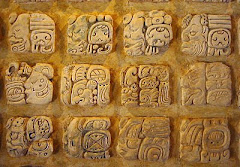



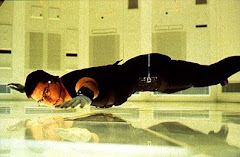
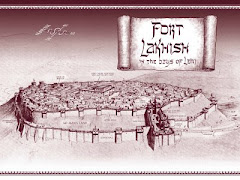




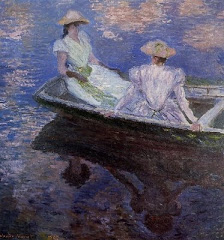
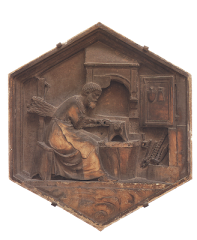

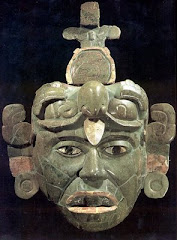



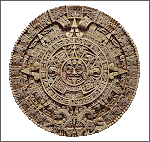

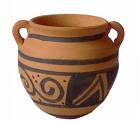
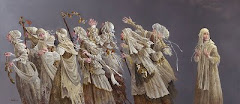




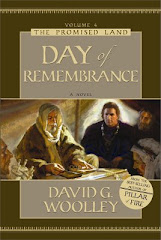




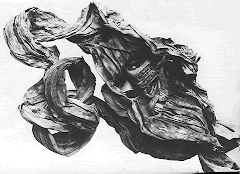
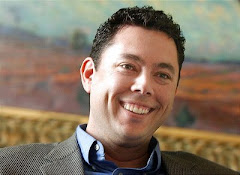




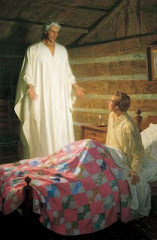


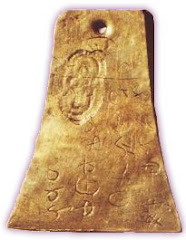


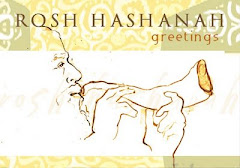




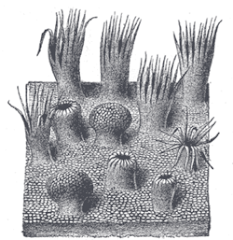
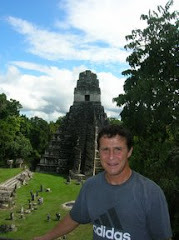


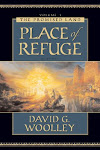
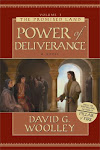

2 comments:
Sometimes, when I am finished reading your posts I wonder what it was that we learned in seminary, or in my religion classes at college. Or maybe I was just asleep. It was early morning seminary after all.
Or maybe I am ready to learn something new and see the scriptures in a new and different way. I appreciate the time you take to share your insights and knowledge.
This aint your usual seminary class, Sandra. Actually, some of these ideas are relatively new as we understand better the religion and culture of the people who inhabited Book of Mormon lands. The more we understand about the ancient civilizations, the more it enhances the Book of Mormon teachings. Such a good book, indeed.
All the best.
David G. Woolley
Post a Comment